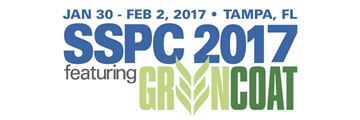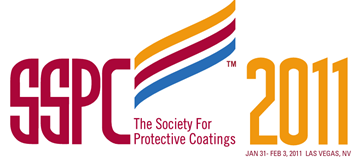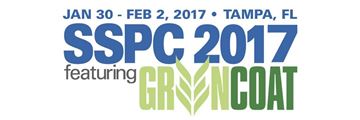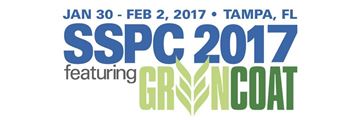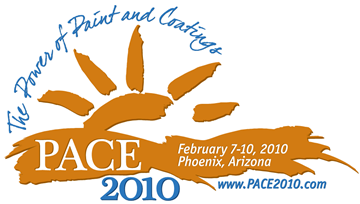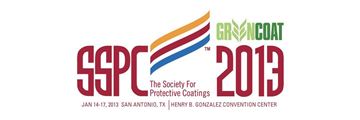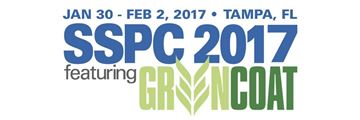Search
Products tagged with 'coating performance'
View as
Sort by
Display
per page
Introduction to Zero VOC High Performance Waterborne Epoxy Systems in Industrial Protective Coating Application
Product Number:
51217-084-SG
Publication Date:
2017
$20.00
Is the Heat and Pressure of Formulating Coatings for the Oil and Gas Market Getting to You?
Product Number:
41215-925-SG
Publication Date:
2015
$20.00
Laboratory Investigations into the Edge Protection of Organic Coatings
Product Number:
41210-555-SG
Publication Date:
2010
$20.00
Making It Work - When to Reconsider Coating Specifications
Product Number:
41211-645-SG
Publication Date:
2011
$20.00
Measuring the Performance of Cool-Roof Coatings
Product Number:
41209-491-SG
Publication Date:
2009
$20.00
Mechanical Performance of Nano-Particles Enriched Zinc Rich Coatings
Product Number:
51219-189-SG
Publication Date:
2019
$20.00
New Reactive Diluent to Reduce the VOC Content of Polyurethane Acrylic Coatings
Product Number:
51217-050-SG
Publication Date:
2017
$20.00
New Splash Zone Sulfur Containing Polyamidoamine Epoxy Type Coating
Product Number:
41208-403-SG
Publication Date:
2008
$20.00
Newly Developed Waterborne Phenalkamine for Corrosion Resistant Primers
Product Number:
51217-083-SG
Publication Date:
2017
$20.00
No Place for Hipsters when the Substance behind a Pretty Façade is Required
Product Number:
41213-775-SG
Publication Date:
2013
$20.00
Novel Crosslinking Isocyanate-Free Coatings Technology
Product Number:
51217-065-SG
Publication Date:
2017
$20.00

